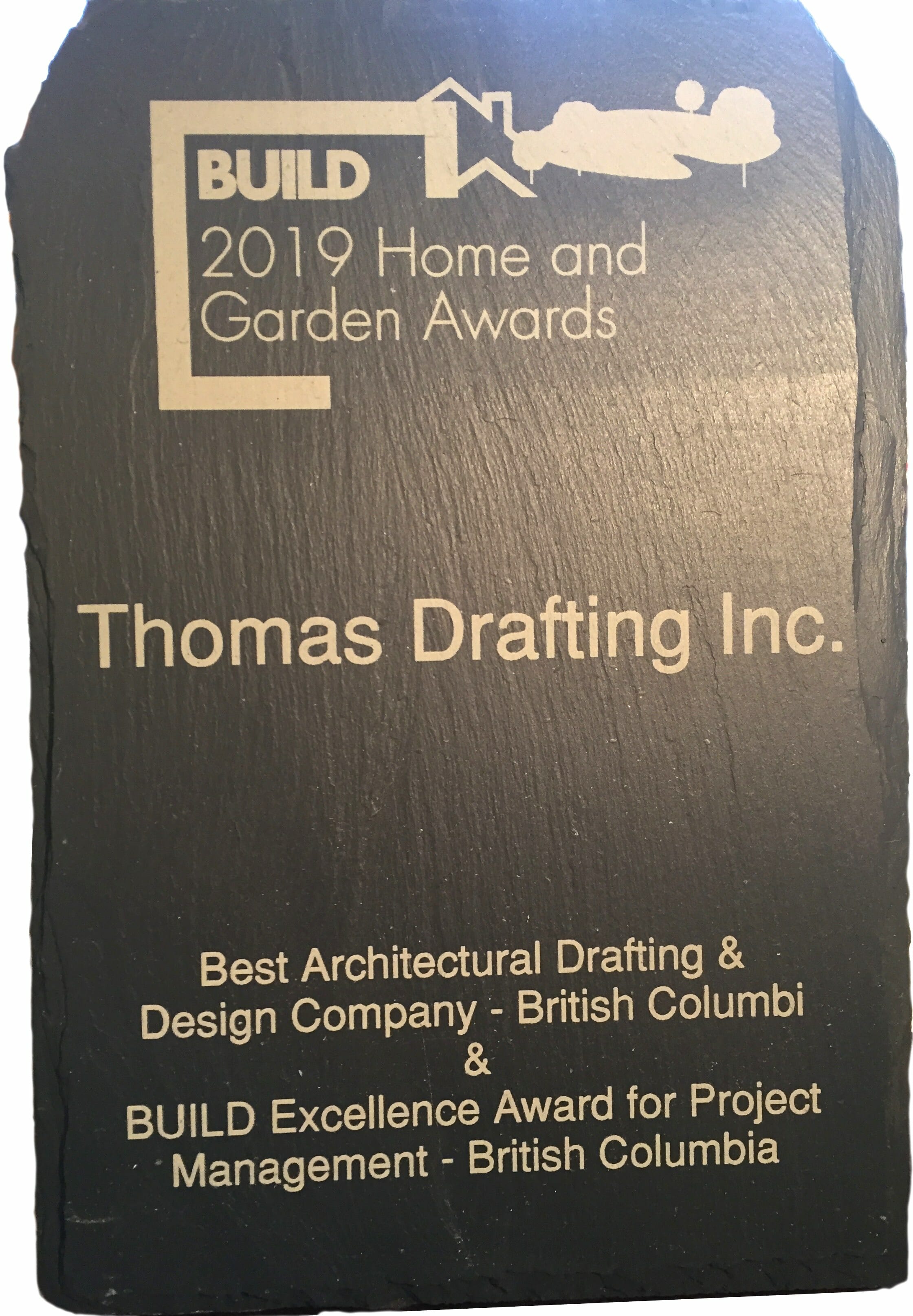There are three areas of law that define when an Architect is required in British Columbia. The Architects Act, The building Code, and city bylaws. Each of these areas is explained in the tabs below.
In British Columbia, the governing body for the practice of architecture is the Architectural Institute of British Columbia (AIBC) established by the Architects Act in 1920. This legislation provides the basis on which the building code and municipal bylaws ‘add on’ to further define when an Architect is required. This legislation an Architect is required on all public assembly buildings, schools, hospitals, hotels & institutional buildings. Residential buildings with 5 or more units, and motels with 11 or more guest rooms and commercial & industrial buildings with a gross area exceeding 470 m2. For further information see the AIBC Bulletin 31 – Buildings requiring the services of an Architect.
In addition to the Architect’s Act the British Columbia Building Code (BCBC) requires a registered professional, an Architect, to provide design and field review services on all buildings within the scope of Part 3 Division B of the BCBC, and Part 9 Division B that are designed with common egress system and require firewalls . You may be familiar with the term Schedule B and Schedule CB, if not these are letters of assurance that come from the building code that cities require with building permit submissions. If you require letters of assurance you require a registered professional. In some cases, the registered professional can be an engineer. To further understand how the BCBC is divided into parts and divisions see this post on Is my building a part 3 or part 9 building. If your building falls under any one major classifications at the bottom of this post an Architect will be required.
The last area of legislation is more grass roots. Although you may not require an Architect on some smaller commercial or residential projects some jurisdictions require a registered professional as a bylaw. This is common for multi-family residential developments and commercial projects that need to go before an advisory design panel of peers, or which may require a development permit. The bylaws are usually available online, but you can always go into the city and speak to the planning department and they will be able to help guide you.
In summary an Architect is required for many different buildings. The exception is for single family residential with 5 or less residential units, small commercial and industrial buildings. If your project doesn’t fit into these categories you most likely require an architect. AIBC offers two great sources to further clarify if an Architect is required;
On some projects, although not required to have an Architect you may wish to engage their services. They offer very valuable services, design, and expertise that will enhance any project beyond imagination.



